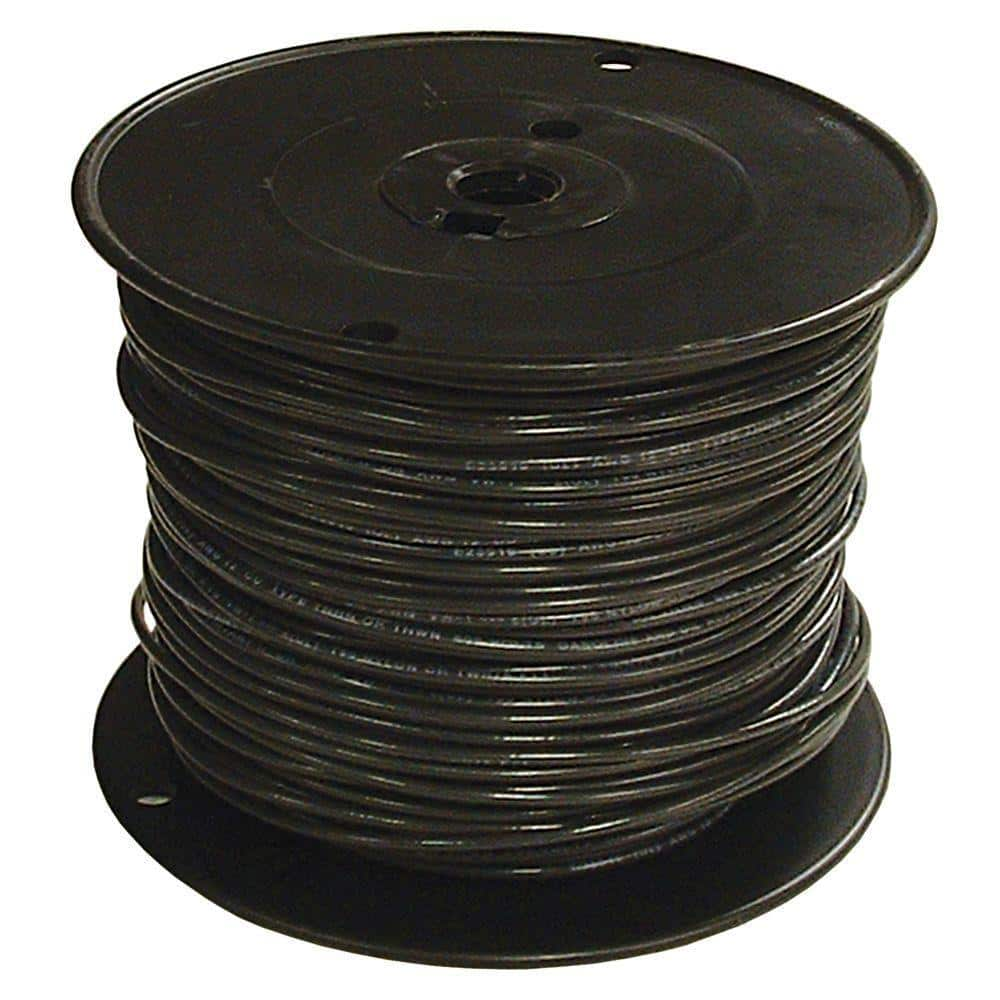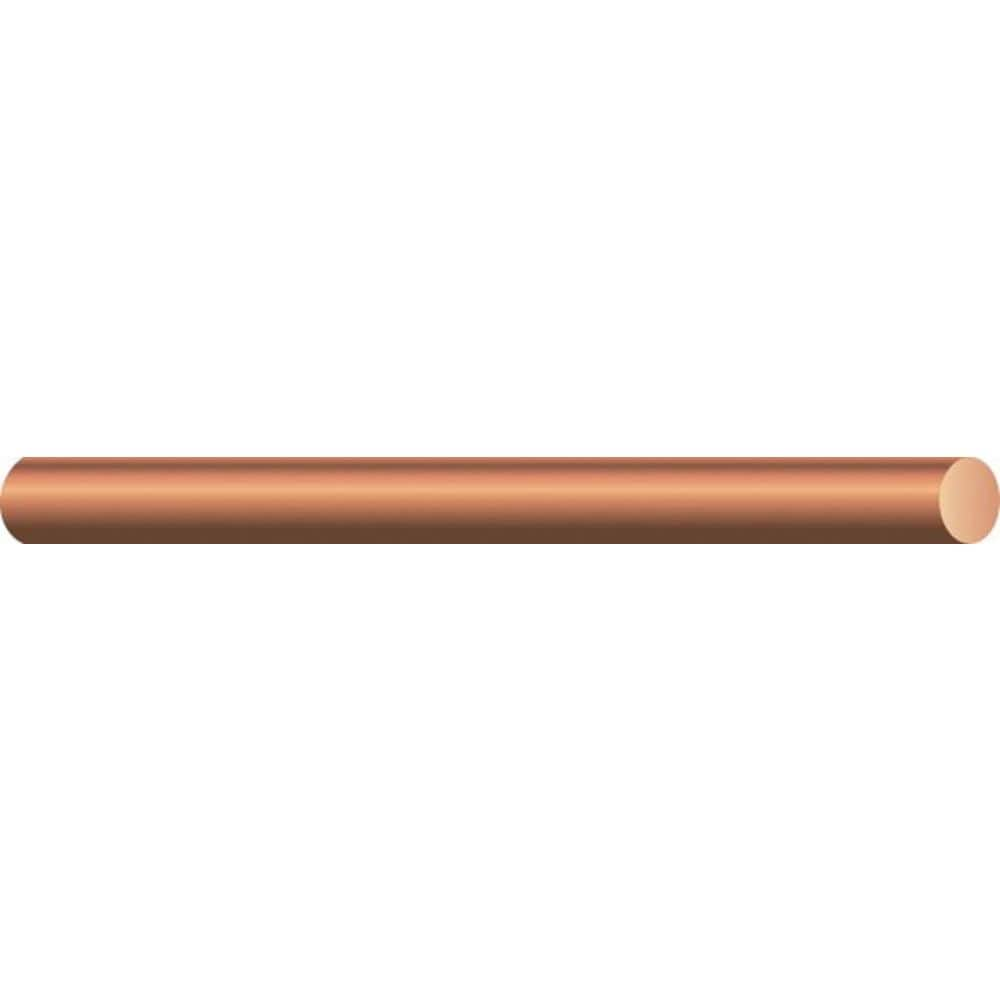CharlieWeaver
New Member
I am planning to use the same wire, but since 100% of my run is enclosed in walls and joist space I am not using the conduit as it traps and focuses heat. Since 94% of my entire run will be enclosed in an air-filled space and my RED and BLK are separated by ~2", my ampacity is at least 25A to 30A higher, according to the Canadian Electrical Code Table 1 and 2. The conductors are THWN 90 but I am not sure what the Tesla Gen 3 is rated for terminal temperature. I guess the rating on the unit might be ambient (-30C to +50C), but if it is the maximum terminal temperature I still make 60A ampacity with #6 conductors. It is interesting that the Tesla wire box diagram shows a temperature sensor. Would this be providing thermal shutdown protection?So 2 of these

Southwire 50 ft. 6 Black Stranded CU SIMpull THHN Wire 20493340 - The Home Depot
Southwire SIMpull THHN copper conductors are primarily used in conduit and cable trays for services, feeders and branch circuits in commercial or industrial applications as specified in the National Electricalwww.homedepot.com
Inside this

AFC Cable Systems 1/2 x 25 ft. Non-Metallic Liquidtight Conduit 6002-22-00 - The Home Depot
The AFC Cable Systems Liquidtite 1/2 in. x 25 ft. Non-Metallic Conduit can be used in commercial and industrial applications for power, control and communications cables.www.homedepot.com
Using this to ground

Southwire (By-the-Foot) 10-Gauge Solid SD Bare Copper Grounding Wire 10626090 - The Home Depot
Southwire's Bare Copper is used for residential electrical systems before entering the home, usually at the meter base. It is also used as a residential grounding wire. Solid and stranded bare copper (Classes AA and A) are used for overhead transmission and distribution applications. Solid bare...www.homedepot.com
does it matter what material the conduit is made of. I’m not sure if the conduit I linked is armored of just plastic
TIA!


